CPAP Asthma Lawsuit: Have You or a Loved One Suffered From Asthma After Using a Recalled Philips CPAP
The recent recall of Philips Respironics CPAP, BiPAP, and ventilator devices has triggered widespread concern, particularly regarding new or exacerbated asthma cases among users. This situation has opened the door to potential CPAP asthma lawsuits, highlighting the need for affected individuals to fully understand their legal rights and possible entitlements to compensation. Given the complexity of these cases and the nuances of medical device law, the importance of consulting with specialized legal professionals cannot be overstated. As we explore the implications of this recall further, one must consider the broader impact on health and legal recourse for those adversely affected.
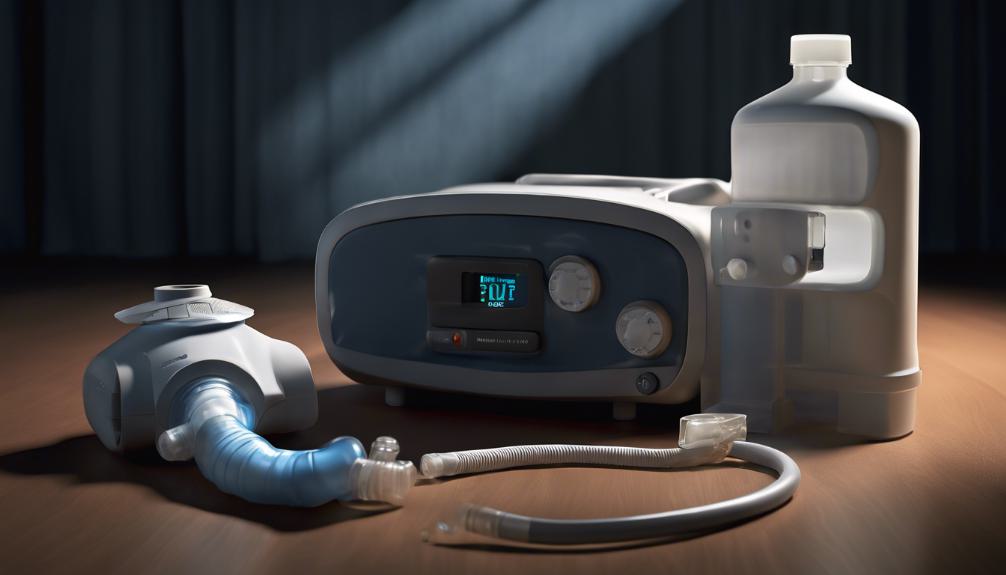
CPAP Asthma Lawsuit Background
The CPAP Asthma Lawsuit emerged following an FDA recall of Philips Respironics CPAP, BiPAP, and ventilator devices on June 14, 2021, due to potential health risks associated with degraded sound abatement foam. Users of these devices, including models such as the DreamStation, C-Series, Dorma, and OmniLab AdvancedPlus, reported new or worsening symptoms of asthma, prompting investigations into the matter. As a result, individuals affected by these complications sought legal representation to pursue potential compensation for their injuries. Medical device injury lawyers and class action attorneys have since been at the forefront, advocating for those impacted. This legal action underscores the critical importance of ensuring the safety and efficacy of medical devices intended for individuals with respiratory conditions.
Philips Recall Overview
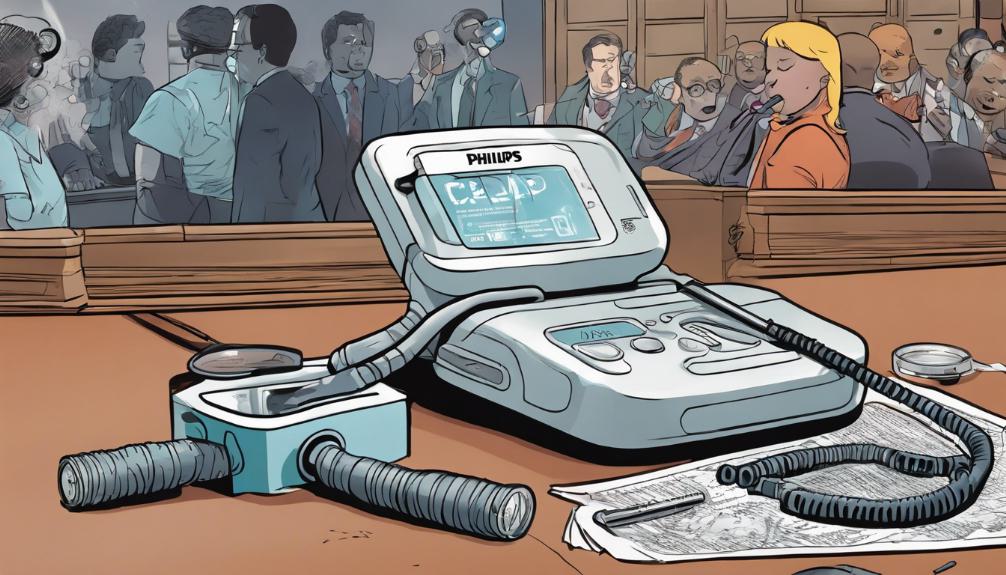
Building on the context of the CPAP Asthma Lawsuit, it is crucial to understand the specifics behind the Philips Respironics recall initiated on June 14, 2021, due to significant health risks identified with its CPAP, BiPAP, and ventilator devices. The recall was prompted by concerns over the degradation of sound abatement foam used in these machines. Over time, this foam can break down and potentially release harmful particles and gases into the device's air pathway, posing serious health risks to users. These risks include the potential for new or worsening respiratory issues, such as asthma, as well as exposure to certain toxic and carcinogenic effects. This recall underscores the importance of manufacturer accountability and the need for rigorous product safety standards.
Identifying Affected Devices
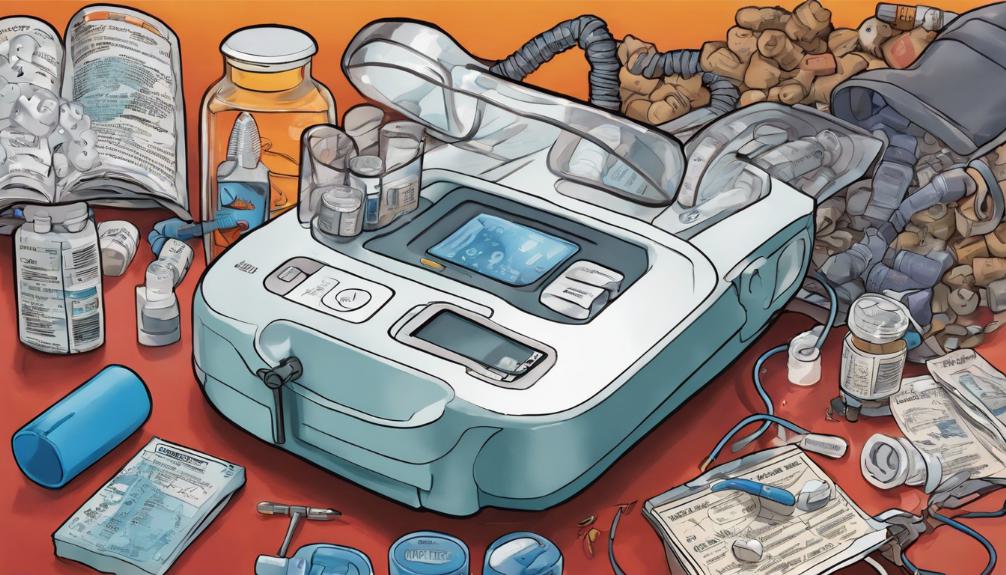
In light of the Philips Respironics recall, identifying the specific devices affected is crucial for users to understand potential health risks and take appropriate action. The recall, announced on June 14, 2021, encompasses several models of Philips CPAP, BiPAP, and ventilator devices. Notably, the DreamStation series, C-Series, Dorma, and OmniLab AdvancedPlus are among the impacted machines. These devices were recalled due to concerns over health risks stemming from degraded foam used in the machines, which could potentially worsen or lead to new cases of asthma among users. For individuals who rely on these devices for respiratory support, recognizing whether their machine is included in the recall is the first step towards ensuring their health and safety.
Asthma Signs and Symptoms
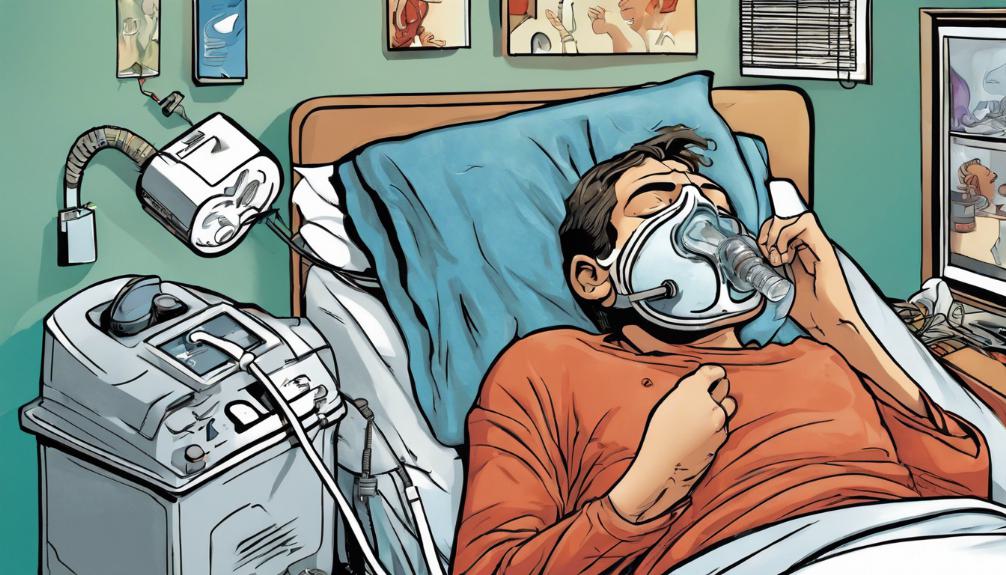
Recognizing the signs and symptoms of asthma, such as shortness of breath, coughing, and wheezing, is critical for early diagnosis and effective management of the condition. Individuals may also experience chest tightness or pain, rapid breathing, and frequent bronchospasms. Asthma symptoms often vary in frequency and intensity, sometimes worsening at night or during exercise. The variability of these symptoms emphasizes the importance of vigilant monitoring. Airflow obstruction and airway irritability are central to asthma's pathophysiology, leading to the characteristic symptoms. Chronic coughing, even without wheezing, may also be a sign of asthma, particularly if it worsens at night or in response to specific triggers. Understanding these symptoms is essential for seeking timely medical advice and treatment.
Diagnosing Asthma
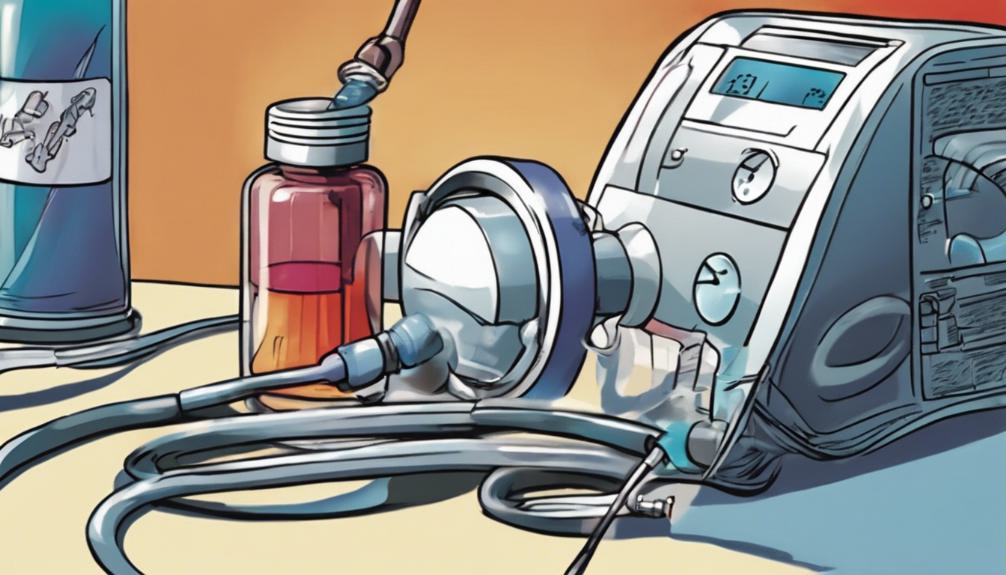
Accurate diagnosis of asthma involves a combination of medical history assessment, physical examination, and specific diagnostic tests to evaluate lung function and responsiveness. Physicians typically begin with a detailed medical history, looking for patterns in symptoms and any potential triggers of asthma attacks. A physical examination can reveal signs of respiratory distress or allergies that often accompany asthma. Diagnostic tests play a crucial role; spirometry is the most common, measuring the amount of air a person can exhale and how quickly they can do it. Bronchoprovocation tests may also be used to assess how sensitive the airways are to various stimuli. In some cases, Fractional exhaled Nitric Oxide (FeNO) tests help in identifying eosinophilic inflammation, indicating airway inflammation associated with asthma.
Asthma Severity Classifications

Asthma's severity is classified into four main categories: mild intermittent, mild persistent, moderate persistent, and severe persistent, each reflecting the frequency and intensity of symptoms and their impact on daily activities. Mild intermittent asthma presents symptoms fewer than twice a week and minimal interference with daily activities. Mild persistent asthma involves symptoms more than twice a week but not daily, causing slight limitations. Moderate persistent asthma features daily symptoms, use of quick-relief inhalers, and some activity limitation. Severe persistent asthma is characterized by continuous symptoms, frequent flare-ups, and significant activity restriction. These classifications guide treatment plans, aiming to control symptoms and improve quality of life, taking into account the patient's specific condition and response to therapy.
Potential Asthma Complications
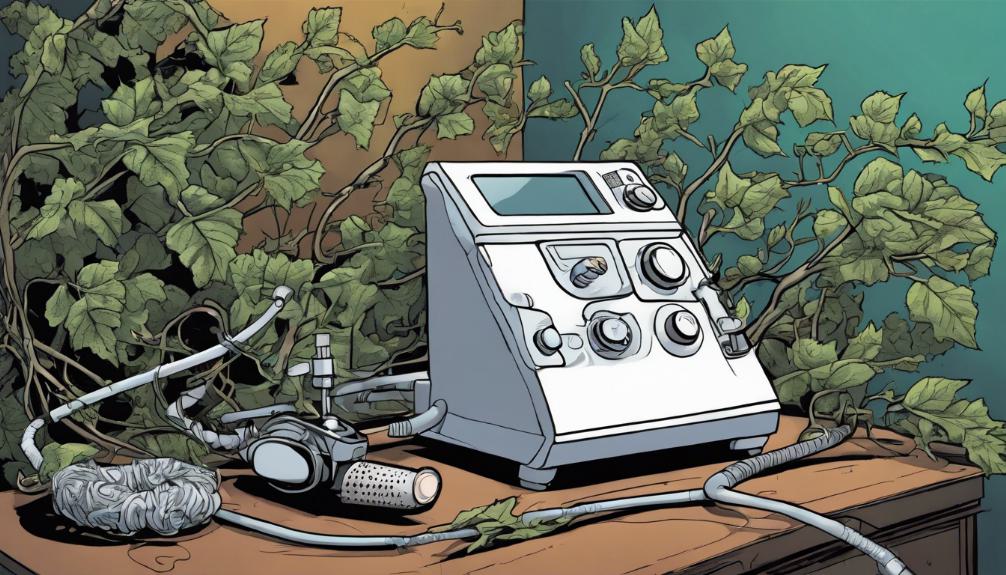
Why is it crucial to understand the potential complications of asthma, including the risk of severe health issues such as respiratory failure and chronic airway changes? Asthma, if unmanaged or exacerbated by external factors such as defective medical devices, can lead to dire consequences. Complications include not only difficulty in breathing and a significant impact on quality of life but also emergency room visits and possible hospitalization. The chronic nature of asthma can result in airway remodeling, characterized by permanent structural changes in the airways, including thickening of airway walls and increased mucus production. These changes can severely impair lung function, leading to respiratory failure and, in extreme cases, death. Hence, understanding these risks is essential for managing asthma effectively and preventing its progression to more severe stages.
Treatment Options Available

A variety of treatment options are available for managing asthma, ranging from medications to innovative therapies, to effectively control symptoms and improve quality of life. Beyond pharmacological solutions, lifestyle modifications play a pivotal role in asthma management. Avoiding known triggers, such as allergens, smoke, and pollution, can significantly reduce the frequency and severity of asthma attacks. Regular exercise, under medical guidance, can strengthen respiratory muscles and enhance lung function. Breathing exercises, particularly those emphasizing controlled breathing techniques, have shown promise in managing asthma symptoms by reducing hyperresponsiveness and improving airflow. Additionally, patient education on the correct use of inhalers and peak flow meters is crucial, empowering individuals to monitor their condition and respond promptly to changes in their asthma status.
Medications for Asthma Management

While exploring the variety of strategies for asthma management, it is crucial to examine the role of medications in controlling this chronic condition. Medications are pivotal in both the long-term control and quick relief of asthma symptoms. Inhaled corticosteroids form the cornerstone of asthma management, reducing inflammation and preventing the onset of symptoms. For immediate symptom relief, short-acting beta agonists are often prescribed. These medications rapidly dilate the airways, providing quick relief from acute episodes of wheezing and shortness of breath. Leukotriene modifiers offer another avenue, targeting the chemical pathways involved in inflammation. For individuals with more severe asthma, combination inhalers that include both a steroid and a long-acting beta agonist can be effective in managing symptoms and preventing exacerbations.
Emergency Asthma Interventions
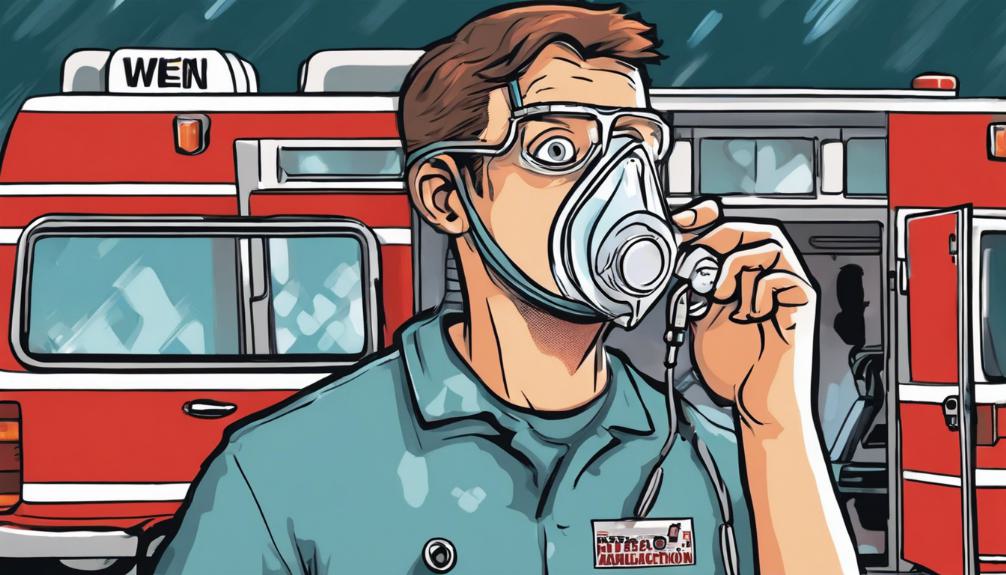
In the event of an acute asthma attack, emergency interventions are crucial for restoring normal breathing and preventing further complications. Immediate measures include administering short-acting beta-agonists (SABAs) through a reliever inhaler, which quickly opens the airways. If symptoms persist or worsen, seeking medical attention is imperative, as additional treatments like oxygen therapy or intravenous corticosteroids may be necessary. It's also vital for individuals to have an asthma action plan, developed in consultation with healthcare professionals, which outlines specific steps to take during an attack. This plan ensures timely and effective management of symptoms, helping to mitigate the risk of severe outcomes, including respiratory failure. Emergency interventions are a critical component of asthma care, ensuring individuals can manage attacks safely and effectively.
Legal Representation Considerations

Given the critical role of emergency asthma interventions, it's equally important to consider the selection of legal representation when pursuing compensation for injuries related to recalled CPAP devices. Selecting a legal team experienced in medical device litigation, especially those familiar with the Philips CPAP recall, is paramount. An adept attorney can navigate the complexities of medical device laws, ensuring that your case is presented with the utmost diligence and expertise. They can also provide invaluable guidance on the intricacies of medical evidence, which is crucial in substantiating claims of injury due to defective CPAP machines. Furthermore, a lawyer with a strong track record in similar cases can significantly influence the outcome, potentially leading to a more favorable compensation package for the affected parties.
Compensation and Claims Process
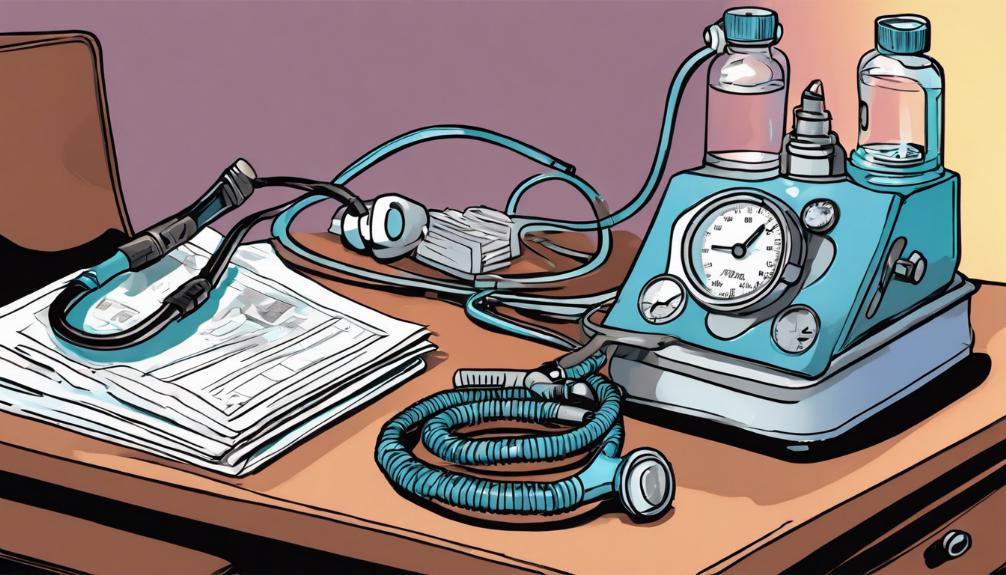
Victims of the recalled Philips CPAP devices may be eligible for compensation through the claims process, which is designed to address the harm suffered from using these medical products. The process begins with the filing of a claim that documents the specific damages, including health complications like new or worsened asthma attributed to the use of the recalled devices. Medical records, diagnostic tests results, and expert testimonies play a crucial role in substantiating the claim. The compensation aims to cover medical expenses, lost wages, pain and suffering, and other related damages. It's important for affected individuals to gather comprehensive documentation of their health issues and any financial losses incurred as a result of using the faulty CPAP machines to strengthen their claim.
Contacting a Medical Lawyer
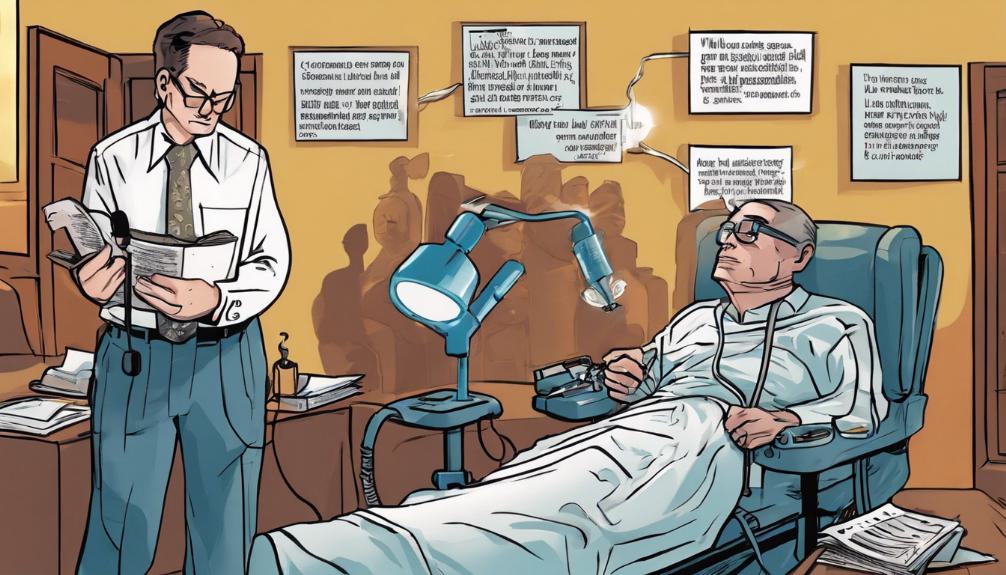
Seeking the expertise of a medical lawyer can be a crucial step for individuals who have experienced new or worsening asthma symptoms as a result of using recalled Philips CPAP devices. Medical device injury lawyers specialize in navigating the complexities of healthcare laws and product liability cases, offering invaluable guidance through the legal process. These professionals can assess the details of your situation, advise you on the potential for compensation, and represent your interests in court or settlement negotiations. It's important to choose a lawyer with a strong track record in medical device litigation to ensure your case is handled effectively. Prompt legal action can be essential, as statutes of limitations may limit the time available to file a claim.
Health Advice and Precautions

When using any medical device, including CPAP machines, it is critical to follow the manufacturer's guidelines and consult healthcare professionals for personalized health advice. For individuals using CPAP devices, especially those recalled due to potential health risks, routine maintenance and proper usage are imperative to ensure safety. It is advisable to regularly check for updates from the manufacturer and health authorities regarding the use and safety of these devices. If symptoms such as new or worsening asthma occur, immediate consultation with a healthcare provider is essential. Implementing additional precautions, such as using hypoallergenic filters and ensuring the device is clean and free from obstructions, can also mitigate risks. Prioritizing health by adhering to these guidelines and seeking professional advice promptly can prevent complications and ensure effective treatment.
Seeking Legal Advice

Understanding the importance of adhering to health and safety guidelines with medical devices leads naturally to the consideration of legal recourse should one face adverse effects, such as those experienced by some users of recalled Philips CPAP machines. If you or a loved one have developed or experienced worsening asthma symptoms following the use of these devices, it's crucial to seek specialized legal advice. Medical device injury lawyers and class action attorneys are well-versed in navigating the complexities of such cases. They can provide a free case review to assess the merits of your claim and guide you through the process of seeking compensation. Engaging with legal professionals who have a deep understanding of both the medical and legal aspects of CPAP asthma lawsuits can significantly enhance your chances of achieving a favorable outcome.
Frequently Asked Questions
How Long Does the Process of Filing a CPAP Asthma Lawsuit Typically Take From Start to Finish?
The duration of a lawsuit involving medical device injury, such as those related to CPAP machines, can vary significantly based on multiple factors including the complexity of the case, the number of plaintiffs, jurisdiction, and the pace at which legal proceedings move. Generally, such cases can take anywhere from a few months to several years to reach a conclusion, spanning initial filing, discovery, negotiations, and potentially a trial.
Is There a Statute of Limitations for Filing a CPAP Asthma Lawsuit, and How Does It Vary by State?
Yes, there is a statute of limitations for filing a lawsuit related to medical device injuries, including those potentially caused by CPAP machines. This statute varies by state, generally ranging from one to six years from the date the injury was discovered or should have been discovered. It is imperative to consult with a qualified attorney to understand the specific time frame applicable in your jurisdiction to ensure timely legal action.
Can Using a Philips CPAP Machine Affect Children Differently Than Adults in Terms of Asthma Risk?
The question inquires whether Philips CPAP machines influence asthma risk in children differently compared to adults. It is essential to recognize that physiological differences between children and adults, such as lung development and immune system maturity, could potentially alter the risk and severity of asthma. However, comprehensive studies are required to definitively ascertain the differential impact of CPAP usage on asthma risk among these age groups.
Are There Any Specific Lifestyle Changes or Home Remedies Recommended for Individuals Who Have Developed Asthma Symptoms After Using a Recalled CPAP Machine?
For individuals experiencing asthma symptoms potentially due to external factors, several lifestyle changes and home remedies may provide relief. These include avoiding known triggers, maintaining a clean living environment to reduce allergen exposure, practicing breathing exercises to strengthen lung function, and staying physically active to improve respiratory health. Consultation with a healthcare professional is essential to tailor a management plan that addresses specific symptoms and underlying conditions.
How Does Participating in a Class Action Lawsuit for CPAP Asthma Compare to Filing an Individual Lawsuit in Terms of Potential Recovery and Timeline?
Participating in a class action lawsuit, as opposed to filing an individual lawsuit, can offer varied potential recovery and timeline. Class actions consolidate multiple plaintiffs, potentially streamlining legal proceedings and reducing costs per participant. However, individual recoveries might be smaller compared to separate lawsuits. Conversely, individual lawsuits may result in higher compensation for the plaintiff but often require more time and financial resources to pursue. The choice depends on specific circumstances and legal advice.

This post has been generated by AI and was not reviewed by editors. This is Not legal advice. Please consult with an attorney.




